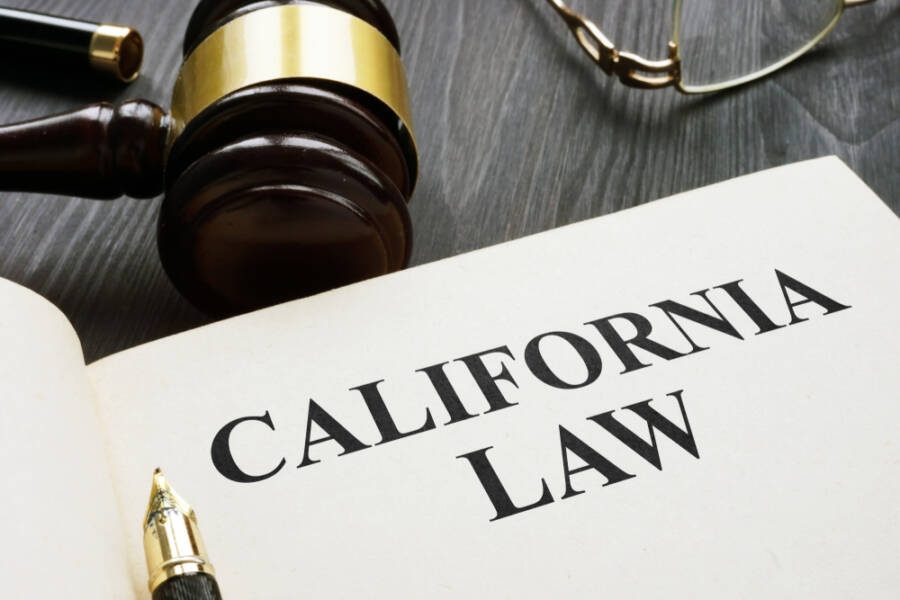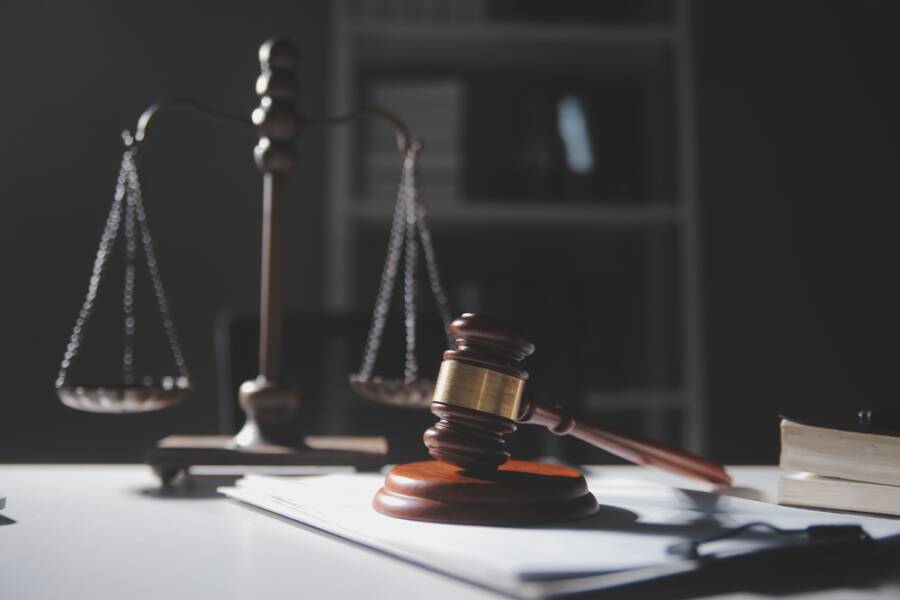The 2020 US election between Donald Trump and Joe Biden is perhaps the most controversial election in our country’s history. We chose the word “perhaps” for a reason; we don’t want to swamp you with superlatives simply because there have been lots of zany moments in American elections.
Who could forget Rick Perry failing to remember one of the three federal agencies he’d get rid of if elected, or Howard Dean screaming like he’d lost a limb?
Then there are many colorful characters, from Wavy Gravy, Joan Jett Blakk, and Jello Biafra to Jack Shepard, Lyndon LaRouche, and Lee Mercer. Oh, did we mention Dees Nuts?
We have to agree that some of the US elections were indeed controversial. Anyway, we’ll let you decide which ones were the strangest. So, without further ado, here are 7 fascinating US elections!
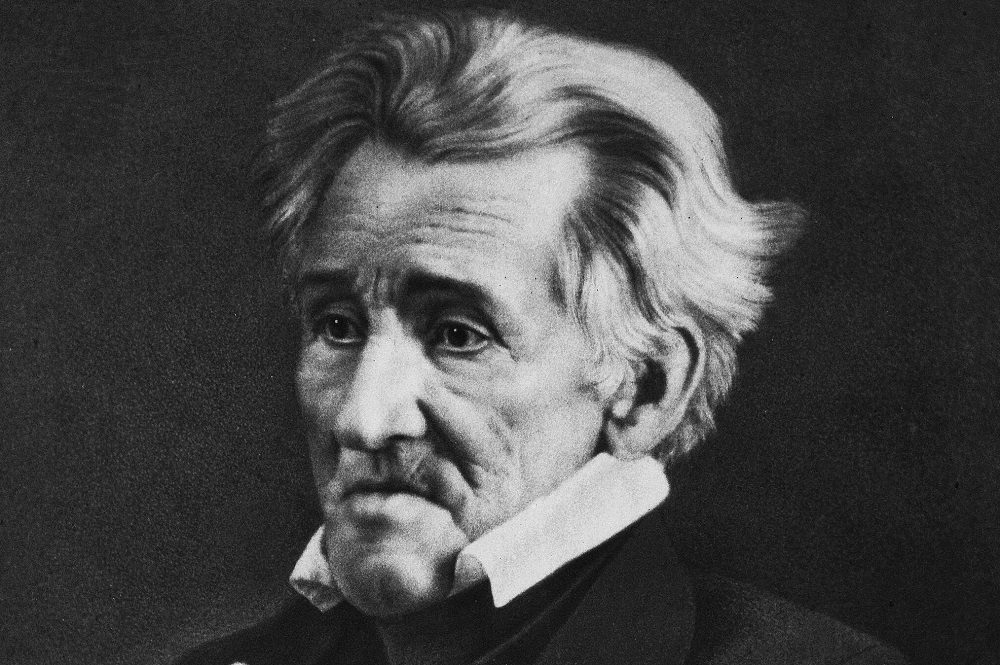
1824 Election: ‘Corrupt bargain’
This one was odd from the start, if only because all four candidates were Democratic-Republicans and the Federalist Party was on the verge of extinction.
During the 1824 US elections, Andrew Jackson, a statesman and war hero, took 99 Electoral College votes and won the popular vote by fewer than 40,000 ballots. Secretary of State John Quincy Adams won 84, Treasury Secretary William Crawford had 41, and House Speaker Henry Clay secured 37.
Since no candidate earned a majority of the votes, the House had to settle the deadlock again. Jackson was pretty optimistic that he would win the presidency since he’d won the Electoral College and popular vote. On the other side, Clay got the boot, as the House could only choose among three candidates.
Many of Clay’s supporters ended up backing Adams, who would go on to win the popular vote. After his inauguration, Adams chose Clay as his secretary of state. Jackson was so furious that he accused Clay and Adams of a “corrupt bargain.” He gave up on his Senate seat, vowing to win the 1828 US election as a Washington outsider.
Four years later, Jackson’s new party, the Democrats, supported him to make good on the promise. He bested Adams, who was by then the leader of the National Republican Party.
1860 Election: Nation divided
This US election wasn’t particularly close. Abraham Lincoln bested John Breckinridge in an election that boasted one of the highest voter turnouts in our country’s history. But there’s something notable about the 1860 election: it split the long-dominant Democratic Party, and therefore the nation, in two.
The Supreme Court’s decision of 1857, which essentially implied legalizing slavery in all US territories, had paved the way: the Republican Party was basically against slavery yet reluctant to push for its banning in states that already had it. The Democrats, on the other hand, were unable to come up with an official line on slavery.
At a second convention held that year, the Democrats nominated Illinois Senator Stephen Douglas, but many Southerners in the party decided to defect, selecting Breckinridge as their man (he was vice president). Both Douglas and Breckinridge would claim to be the official Democratic candidates.
A year before that, the Constitutional Union Party had been formed, with its members leading a campaign that pretty much ignored the issue of slavery. They selected Tennessee Senator John Bell.
Here’s how the 1860 US election ended: while Lincoln won only 40% of the popular vote, he took most of the North, along with Oregon and California, in the Electoral College; Douglas ranked second in the popular vote, taking only Missouri; Breckinridge carried most of the southern states, along with Delaware and Maryland; and Bell took the middle of the road: Virginia, Kentucky, and Tennessee.
Several weeks after the election, South Carolina voted unanimously to secede, and quickly after this, six more Southern states made the same decision. In February 1861, deputies from those seven states formed the Confederate States of America, selecting Jefferson Davis as their president.
Two months later, a South Carolina military force would take Fort Sumter. After this, four more states would join the Confederacy.
Want to find out more about our country’s presidents? Here’s an interesting book that provides valuable information about all the US presidents we had from 1789 until today.
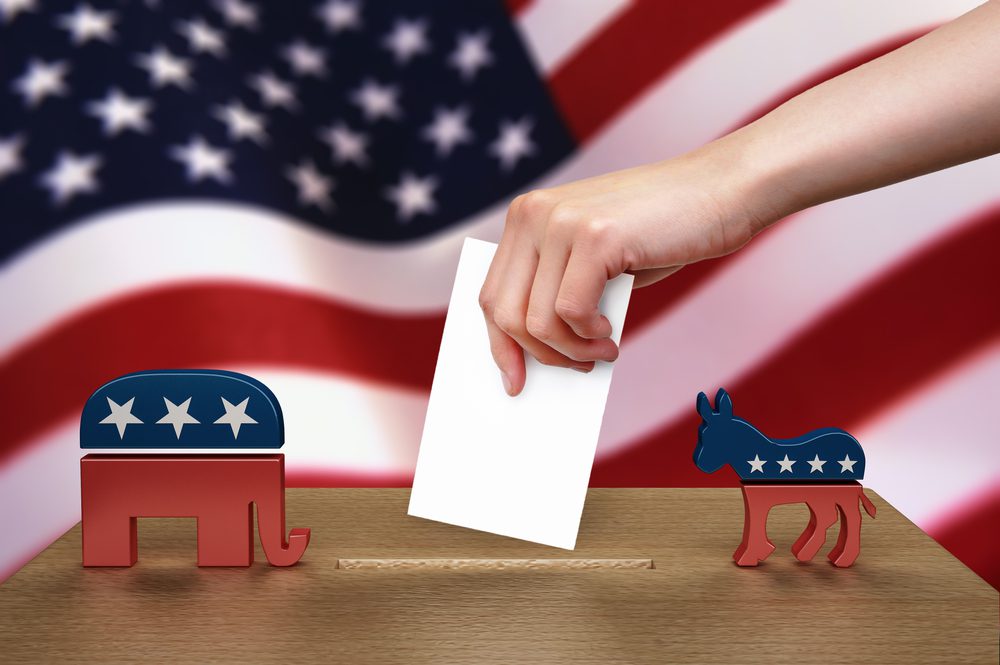
1872 Election: Death of a candidate
It’s interesting that 1872 was the year when many things happened. First of all, in 1872, suffragette Victoria Woodhull, the People’s Party’s candidate, became the first woman in US history to run for president. Also in the same year, abolitionist and writer Frederick Douglass, her running mate, became the first African-American candidate for vice president.
But it’s getting more interesting, and not in a good way. The 1872 US election was strange as one of the primary candidates never got to see the final Electoral College vote.
Horace Greeley didn’t need to put in too much effort to unseat President Ulysses S. Grant, but a split within Grant’s Republican Party made things a bit more interesting.
Grant, who was the commander of the Union armies that defeated the Confederacy’s troops, hadn’t been so convincing in the Oval Office.
Some Republicans defected and became liberal Republicans, nominating Greeley, a Democrat who would go on to earn 44% of the popular vote (that would be almost 3 million ballots). Despite the promising results, he ended his campaigning to look after his sick wife, who passed away a week before the US election.
Before the Electoral College could decide the next president, Greeley died on November 29, 1872. Almost all his votes (63 out of 66) were dispersed among Thomas Hendricks and other Democrats.
Grant attended his opponent’s funeral.
1876 Election: Not-so-independent tiebreaker
During the 1876 election, Democrat Samuel Tilden defeated Republican Rutherford Hayes. He received about 250,000 more ballots in the popular vote, and he snared 19 more votes in the Electoral College.
There was an issue, though. Tilden needed only one Electoral College vote to get the majority, and four states making up a total of 20 votes—South Carolina, Oregon, Louisiana, and Florida—were disputing the results. Also, in the southern states, each party accused the other of fraud.
Since there wasn’t a precedent to rely on, the two parties agreed to set up a commission consisting of 15 members made up of seven Democrats, seven Republicans, and an independent.
The independent member was Supreme Court Justice David Davis. And that’s where things get complicated. Davis was unexpectedly chosen by the Illinois Legislature to serve as a member of the US Senate. However, he was soon replaced by Republican Joseph Bradley, who would cast every ballot for Hayes, giving him the 20 votes he needed to gain the majority.
At first, Democrats threatened to block the decision, but ultimately they agreed in a backroom deal to drop their opposition provided that Hayes removed federal troops that had been in the southern states under Reconstruction.
On March 18, 1877, Hayes was sworn in, and a few weeks later, he did remove the troops. Reconstruction came to an end, hindering the progress African Americans had made. Civil rights wouldn’t see serious discussion in Congress until several decades later.
1920 Election: Prison campaign
During the 1920 US election, Republican Warren G. Harding gave Democrat James Cox a memorable beatdown, taking over 60% of the popular vote as well as 37 of the 48 states.
However, the third place is where things got more interesting.
Long before Bernie Sanders faced criticism for his progressive politics, the Socialist Party of America enjoyed a bit of support at the beginning of the 20th century. The fact that union leader Eugene Debs ran for office a fourth time is somewhat unremarkable, as is the fact that he secured about 6% of the popular vote during the 1912 US election.
However, in 1920, Debs had to run for president for the fifth time from the most uncommon of headquarters: prison.
No stranger to imprisonment—he had served time because of an 1894 railroad strike—Debs again strayed in 1918 when he delivered an anti-war speech in Ohio, in which he publicly attacked “the ruling class.”
He was convicted of an espionage charge and sentenced to 10 years in prison. People protested his incarceration, and Debs was eventually moved to the Atlanta Federal Penitentiary. That’s where he conducted his fifth presidential campaign.
He would secure another impressive tally of more than 900,000 votes, but it wasn’t nearly enough to defeat Harding, who snared more than 16 million. One year later, Harding commuted Debs’ sentence to time served.
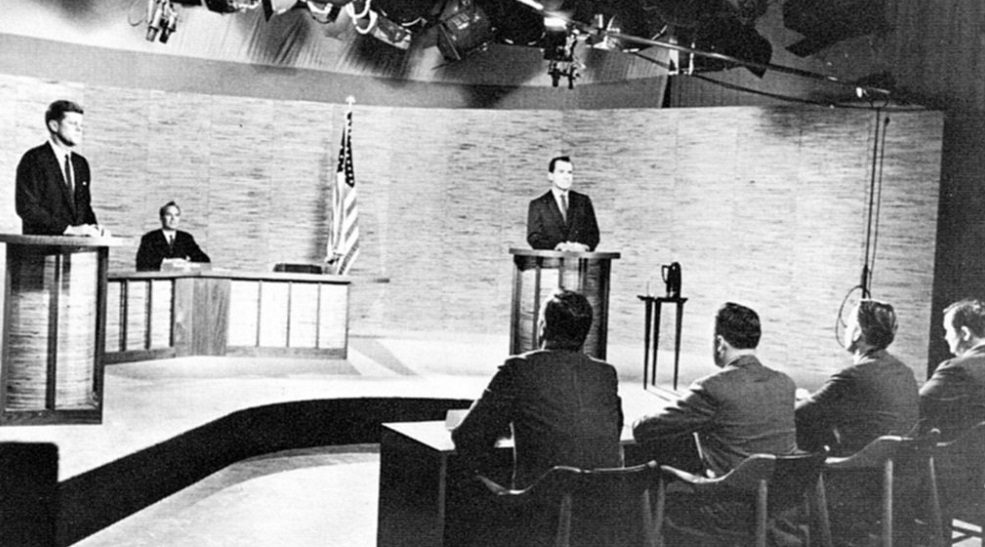
1960 Election: Dawn of televised debates
John F. Kennedy set many precedents when he was elected in 1960. He was the youngest person to become US president and the first, at the time, to be born in the 20th century. Moreover, he was the first Catholic president.
The competition between Kennedy and Richard Nixon, pitting a fairly unknown senator against a two-term sitting vice president, set another precedent: the first time that a presidential contest would be televised.
This was a major factor that influenced the vote’s outcome since televisions were becoming increasingly common in American households. In fact, 88% of homes had them, compared with only 11% in 1950.
But let’s explain why. Nixon had recently been hospitalized. He didn’t want to wear makeup, a decision that only highlighted his thin, sickly appearance. He also displayed a 5 o’clock shadow. His gray suit blended into the background. As historians would note, his appearance left much to be desired.
The young Kennedy, on the other hand, wore a blue suit and was tanned, so his appearance stood out against the studio backdrop. What’s also worth mentioning is that, unlike his opponent, Kennedy spoke to the cameras.
That’s basically why the roughly 70 million people who watched the first debate air on September 26, 1960, felt Kennedy won, while the much smaller audience listening on the radio believed that Nixon was the winner. On November 8, Kennedy outdistanced Nixon by 119,000 votes.
Though it’s debatable that the aired competition alone won Kennedy the US election (he also secured the African-American vote by providing his assistance in releasing the Rev. Martin Luther Jr. from prison a few weeks before the election), historians and politicians believe this changes the face of campaigns.
Televised presidential debates made image an important thing to consider, and they raised such a scary specter for some candidates that only after 16 years would another presidential hopeful agree to a televised debate.
1972: Death (of a campaign) by electroshock therapy
South Dakota Senator George McGovern had just become the Democratic presidential nominee and called Senator Thomas Eagleton. He wanted Eagleton to be his running mate. Several distinguished Democrats had refused to join McGovern on the ticket, so he chose Eagleton, partly because he believed he would help him boost the Catholic vote.
Eagleton apparently didn’t undergo the intense vetting of, say, Paul Ryan or Sarah Palin. If McGovern had grilled Eagleton as it’s done nowadays, he might have discovered Eagleton’s secret: that the Missouri senator had been hospitalized not once but three times for depression. On two of those three occasions, Eagleton had undergone electroshock therapy.
When rumors first started to surface, McGovern sustained his decision to choose Eagleton as his running mate but eventually decided that he posed a liability. During a news conference held at a South Dakota state park, Eagleton divulged his medical history and pointed out that he had only recently revealed the matter to McGovern.
On August 1, not even a month after he was selected, Eagleton took himself out of the picture, dropping out of the campaign. Nixon would go on to beat McGovern, snaring 49 states and outpacing his rival by about 18 million votes—thus striking fear into future presidents for decades about who they pick to join them on the ticket.
You may also want to read These 4 US Presidents Were Far More Controversial Than Trump.


